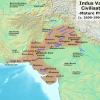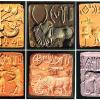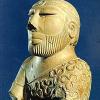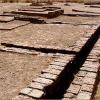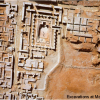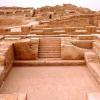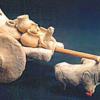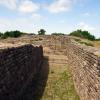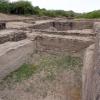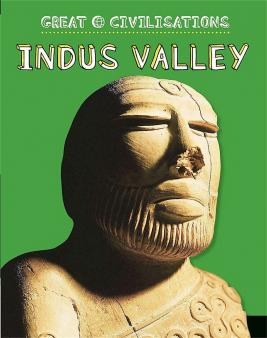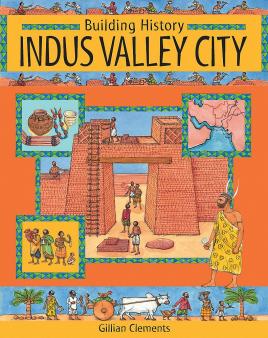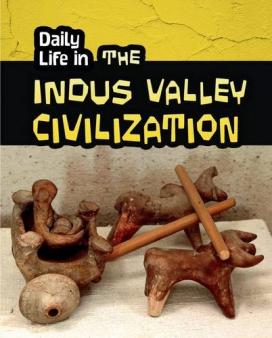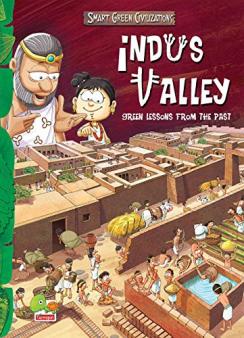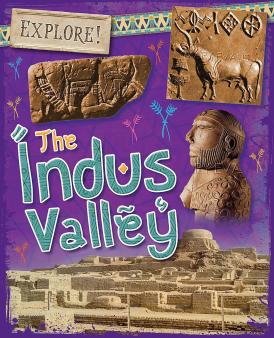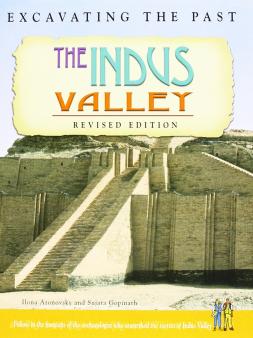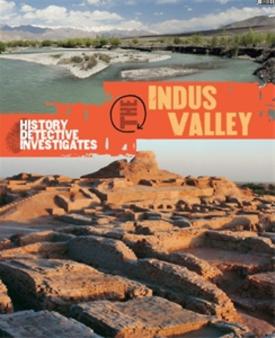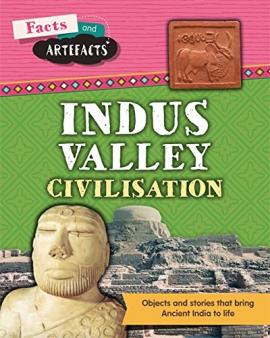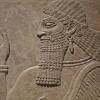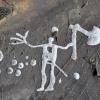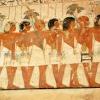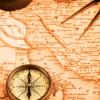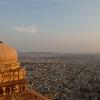The Indus Valley
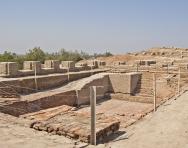
What was the Indus Valley Civilisation?
The largest of the Bronze Age civilisations, the Indus Valley or Harappa civilisation dates from around 3300 BCE to 1700 BCE.
There is still much to be learned about this civilisation.
Unlike the Egyptians or ancient Sumerians the people of the Indus Valley left behind no temples, palaces or statues. We cannot read their written script. Although they were clearly well governed, no evidence exists of kings or priests.
No one knows why the civilisation came to an end.
Top 10 facts
- Archaeologists discovered the remains of the Indus Valley civilisation and began excavations during the 1920s.
- The river Indus and its tributaries created a huge flood plain. The land was very fertile, and this allowed early peoples to grow several sets of crops a year.
- The area covered by this civilisation was huge; roughly half a million square miles. Most of this area falls between modern India and Pakistan.
- The remains of over 1,400 cities have been discovered in this region. Some may have had as many as 80,000 inhabitants. Archaeologists have named the largest cities Harappa and Mohenjo-Daro.
- Most people lived in small villages and were farmers or craftsmen.
- Crops grown by the people included grapes, dates and melons, wheat, peas, mustard, sesame and pulses.
- The people used a standardised system of weights and measures. Even the bricks they used were manufactured to a standard ratio.
- The cities were very advanced, with streets built on a grid pattern and with an efficient system of wells, drains and sewers.
- The people who lived in the Indus Valley were the first to grow cotton and weave cloth.
- Indus Valley people traded with ancient Mesopotamia. They exported cotton cloth, exotic animals, copper and ivory. Imports included metal products and ores and shells.
Timeline
- c3300 BCIndus Valley Civilisation develops
- c3200 BCSpread of cities, ploughs used in fields, evidence of early writing
- c2600 BCLarge cities flourish in Indus Valley

- c1700 BCEnd of Indus Valley Civilisation


Boost Your Child's Learning Today!
- Start your child on a tailored learning programme
- Get weekly English & maths resources sent direct to your inbox
- Keep your child's learning on track
Did you know?
- Children in the Indus Valley played with toys made of terracotta pottery. These toys included animals and carts with moving parts.
- The oldest dice in the world were found at Harappa. Archaeologists have also found grids which were used for board games and counters made of ivory.
- The people used boats, probably made of wooden planks, with a raised stern and prow and a single sail made of reeds or cotton cloth.
- Indus valley excavations have revealed the world’s oldest dock and ploughed field.
- The written language of the Indus Valley used around 400 picture signs.
Look through the gallery and see if you spot the following:
- A map showing the extent of the Indus Valley Civilisation (Created by Avantiputra7 on Wikipedia)
- Seals showing Indus Valley script
- A statue of a priest king found at Mohenjo-Daro
- The drainage system
- View showing remains of Mohenjo-Daro
- The Great Bath at Mohenjo-Daro
- Indus Valley beads
- A toy cart made of clay
- Ruins of the Indus Valley city of Dholavira in Gujarat
Gallery
About
The fertile plains of the Indus Valley provided an ideal site for early settlers. Irrigation and the use of the plough enabled many crops to be grown throughout the year and surpluses to be stored in communal granaries. Animals such as goats, cows, sheep and buffalo were domesticated and other animals were probably hunted. Dogs, cats, monkeys and peacocks may have been kept as pets.
The cities show clear evidence of town planning with broad streets and efficient access to water, drainage and sewers in even the smallest houses. We can tell that the streets were laid out before the houses were built. Houses were generally set around central courtyards with windows facing into the yards rather than out onto the streets. Entry to the houses was through smaller lanes that led off from the main streets. Rooms had clear purposes and included space for bathing and toilets that were flushed by pouring water into them. Kiln-baked bricks of regular size were used for construction. Cities were divided into different zones with a fortified citadel containing baths and other possibly communal buildings separate from the part of the city where people lived and worked. Many buildings were built on top of earlier buildings.
Most people were occupied with farming the land but there were skilled craftsmen who worked with metals and clay, hunters and fishermen, builders and scribes. Beautiful pots and figurines, polished stones and jewellery, seals and strong buildings provide evidence of their abilities. Traders used seals to identify their goods.
Although no evidence has been found of kings or priests it is clear that the cities must have been well governed. Only a limited number of weapons have been recovered and there is little evidence of conflict, although the cities had strong walls and gates so could perhaps be defended if necessary. It seems that for much of the period of its existence the people of this civilisation led peaceful, prosperous lives.
We do not know why this civilisation came to an end, but a number of possibilities have been suggested. One of the main candidates is climate change. The people were dependent on the heavy rains or monsoons to water their crops. Over time the monsoons seem to have gradually moved East and patterns of settlement seem to show that people followed them. Another suggestion is that an earthquake caused one of the major rivers in the area to divert its course and eventually to dry up, again depriving the people of a vital water source. It is also possible that invaders forced the people to move on.
Related Videos
Just for fun...
- Take a quiz to find out how much do you know about the Indus Valley civilisation
- Be inspired by Indus Valley art and make your own coil pot out of clay
- Learn Indus Valley civilisation facts from the Kiddle Encyclopedia
Best books about the Indus Valley for children
Find out more
- BBC Bitesize guide to life in the Indus Valley
- Read the DKfindout! children's guide to the Indus Valley civilisation
- More information and images from the Indus Valley
- An overview of what we know about the Indus Valley Bronze Age civilisation
- Find out about the use of seals in the Indus Valley civilisation
- What might your life have been like as a child in the ancient Indus Valley?
- The impact of climate change on the collapse of the Indus Valley civilisation
- There is no accepted Indus Valley script dictionary, but we can look through some of the most common ancient Indus signs
- See 22 different Ancient Indus Civilisation slideshows, with 1000 slides by scholars
- A toy model of a cart found at Mohenjo-Daro shows how sophisticated the Indus Valley civilisation was
See for yourself
- The British Museum in London has seals and terracotta figures in its collections
- See Indus Valley works of art from the Metropolitan Museum of Art in New York
- Read about the ruins of the Indus Valley city of Dholavira in Gujarat
- The Indus Valley archaeological ruins at Mohenjo-Daro are a UNESCO World Heritage site
Also see

Give your child a headstart
- FREE articles & expert information
- FREE resources & activities
- FREE homework help
